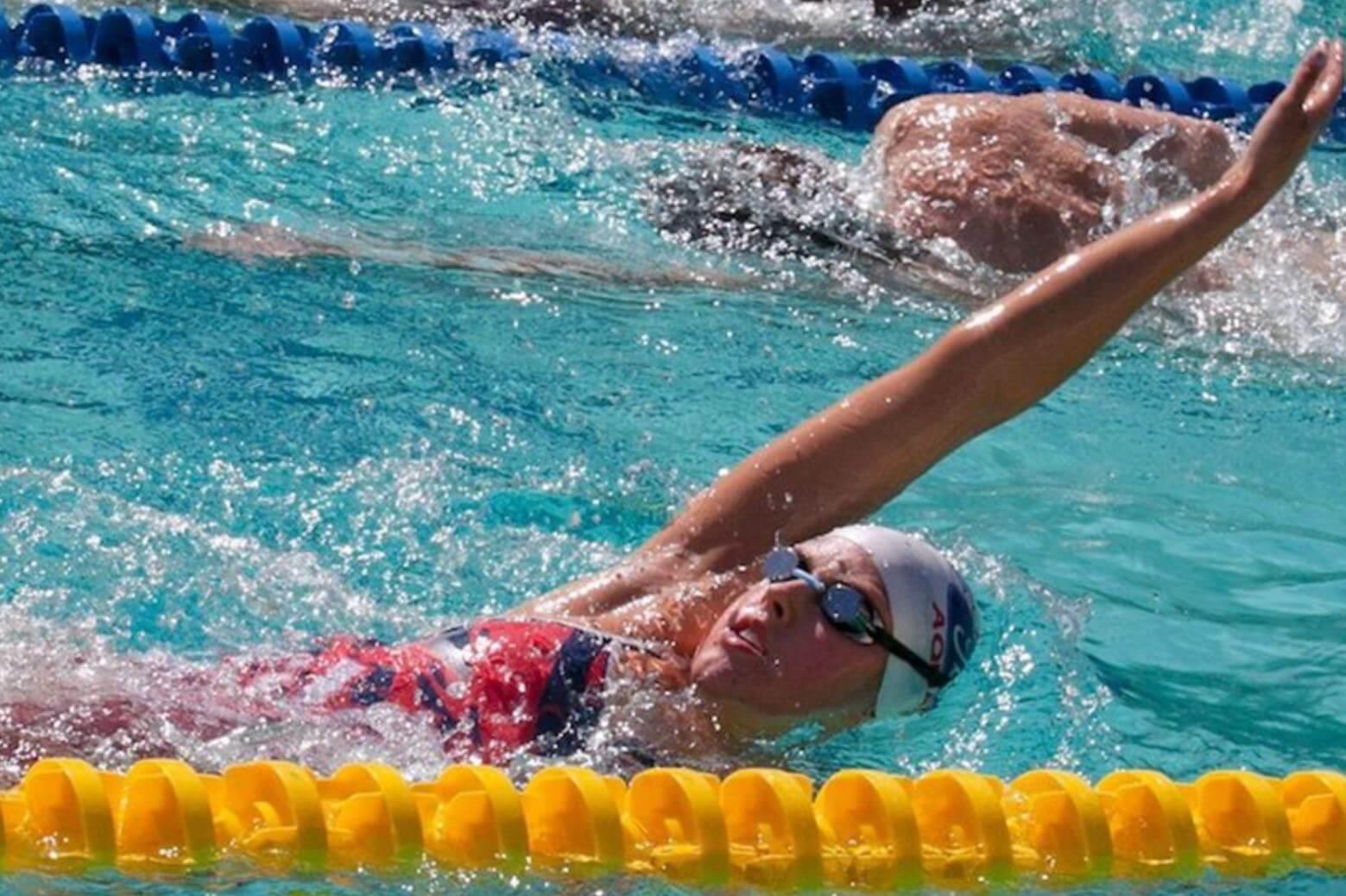






Welcome back, aqua enthusiasts! Today, we're diving into the world of backstroke swimming and how you can incorporate it into your workout routine to maximise your aquatic prowess. Whether you're a seasoned swimmer or just dipping your toes into the water, mastering the backstroke can add depth and variety to your regimen. So, grab your goggles and let's dive right into this swimming program!
Before we jump into the pool, let's take a moment to understand the mechanics of the backstroke. Unlike freestyle or breaststroke, the backstroke is performed while lying on your back, making it a fantastic option for those who struggle with breathing techniques or simply want to switch things up.
The backstroke primarily engages the muscles in your arms, shoulders, and upper back, while also providing an excellent cardiovascular workout. Additionally, because your face remains above water, it's a great option for swimmers who want to work on their breathing technique without the added stress of turning their heads to the side.
Now, let's get down to the nitty-gritty: how to do backstroke swimming effectively. Follow these steps to master the backstroke and add it to your swim workout routine:
Body Positioning: Start by lying flat on your back in the water, with your body in a straight line from head to toe. Keep your hips high in the water and your stomach facing upwards.
Arm Movement: Begin by extending one arm out above your head, while the other arm remains by your side. As you rotate your body slightly to the side, pull the extended arm down towards your hip in a sweeping motion. At the same time, bring your other arm out of the water and extend it above your head.
Leg Action: As your arms cycle through their motion, your legs should be kicking in a fluttering motion, similar to freestyle. Keep your legs relatively straight, with a slight bend at the knees, and alternate kicking from the hips.
Breathing: Because your face is above water during backstroke, breathing is relatively straightforward. Simply inhale as your arm exits the water and exhale as it re-enters.
Coordination: Focus on coordinating your arm and leg movements to maintain a smooth, rhythmic stroke. As one arm pulls through the water, the opposite leg should be kicking, and vice versa.
Practice, Practice, Practice: Like any new skill, mastering the backstroke takes time and practice. Start slowly, focusing on perfecting each aspect of the stroke before gradually increasing your speed and intensity.
Now that you've got the basics down, let's talk about how to incorporate backstroke into your swim workout routine for maximum effectiveness:
Warm-Up: Begin your workout with a few laps of easy backstroke to warm up your muscles and get your heart rate up. Focus on maintaining good form and technique during this time.
Interval Training: Once you're warmed up, mix things up with some interval training. Alternate between periods of fast-paced backstroke and slower recovery laps to challenge your cardiovascular system and improve your endurance.
Strength and Endurance: Backstroke is an excellent option for building strength and endurance in your upper body, particularly your arms, shoulders, and back. Incorporate longer sets of backstroke into your workout to push your limits and build muscle.
Technique Work: Use backstroke drills to focus on specific aspects of your technique, such as arm positioning or kick strength. Breaking down the stroke into smaller components can help you identify areas for improvement and refine your technique over time.
Cool Down: Finish your workout with a few easy laps of backstroke to cool down and flush out lactic acid from your muscles. Focus on maintaining a smooth, relaxed stroke and allow your body to recover gradually.
Variations and Challenges: Once you've mastered the basics, don't be afraid to mix things up with different variations of the backstroke, such as the underwater backstroke or backstroke with fins. These variations can help keep your workouts interesting and challenge your body in new ways.
In addition to being a great workout, backstroke swimming offers a variety of benefits for both your physical and mental well-being:
Low Impact: Because your body is supported by the water during backstroke, it's a low-impact exercise that's easy on your joints. This makes it an ideal option for swimmers of all ages and fitness levels.
Improved Posture: Swimming on your back can help improve your posture by strengthening the muscles in your back and shoulders. This can help alleviate back pain and prevent injuries both in and out of the water.
Increased Flexibility: Backstroke swimming requires a wide range of motion in your arms and shoulders, which can help improve flexibility and range of motion over time.
Stress Relief: There's something incredibly soothing about gliding through the water on your back, making backstroke swimming a great way to relax and de-stress after a long day.
Mental Focus: Mastering the backstroke requires concentration and mental focus, which can help improve your cognitive function and mindfulness both in and out of the pool.
Incorporating backstroke into your swim workout routine can add variety, challenge, and fun to your time in the pool. Whether you're looking to improve your technique, build strength and endurance, or simply switch things up, the backstroke has something to offer swimmers of all levels. So, next time you hit the pool, don't forget to give backstroke a try – your body will thank you for it!